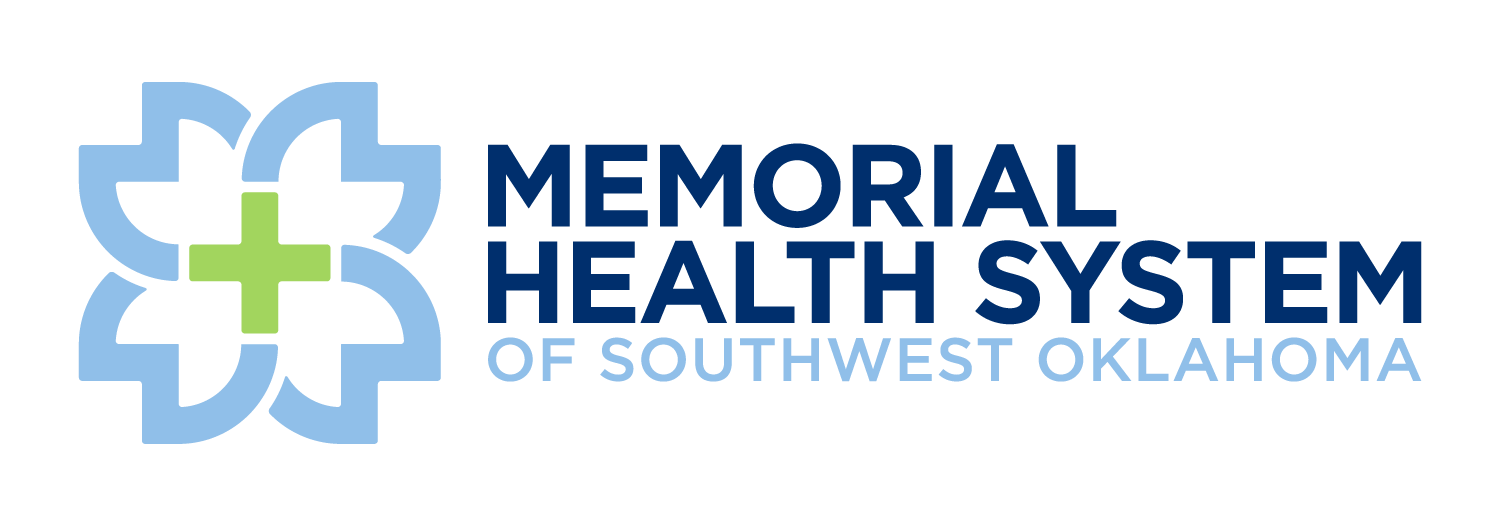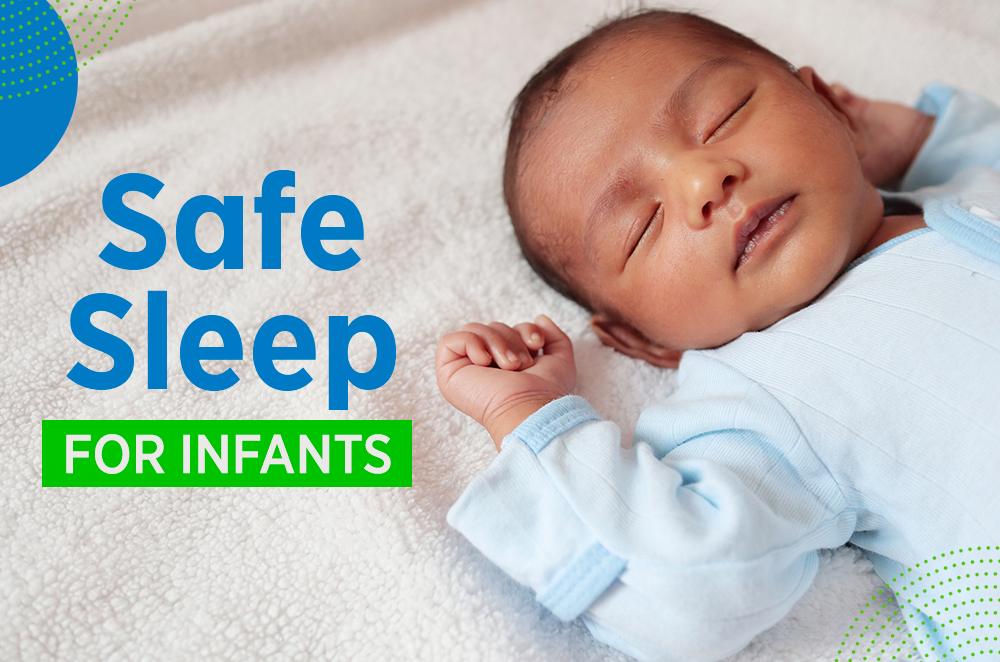Safe Infant Sleep
Becoming a parent for the first time is a whirlwind. Between organizing doctor’s visits, taking vitamins, picking out strollers, and baby-proofing the home, there are a lot of things to get into order before ever bringing a baby home. A top priority to consider is where the baby will sleep. Safe infant sleep is crucial to the well-being of a baby but what is the best way to make sure your baby is safe for naps and night-time sleep?
How Much Babies Sleep
In the first year of life, babies have varying and constantly changing sleep schedules or patterns. Newborn babies can sleep as much as 18 hours in a 24-hour period and by 6 months, begin sleeping through the night (as recommended by your pediatrician). Naps can occur as often as 4 times a day for a newborn and 2 times a day for an older infant. This is why emphasizing where your baby sleeps is so important since they will be spending a majority of their time asleep.
SIDS
An article by the Cleveland Clinic says, Sudden Infant Death Syndrome, or SIDS, is used when referring to an unexplained death of an infant. The risk of SIDS is higher for infants between 2 and 6 months of age and is the leading cause of death within the first year. SIDS can affect babies until age 3. Though experts do not know what causes SIDS, safe infant sleep practices can help reduce the risk of sleep-related death.
Safe Sleeping Guidelines
According to the American Academy of Pediatrics, a safe infant sleep environment includes:
- Placing baby on a firm, flat, non inclined, surface in a sleep product that meets the federal safety standards for cribs, bassinets, play yards, and bedside sleepers
- Devices used for travel such as strollers, car seats, infant carriers or slings, as well as swings are not recommended for routine sleep. This means that if your baby falls asleep in one of these devices, you should transfer to a recommended sleep environment such as a crib or bassinet.
- Babies should sleep in the same room, but not in the same bed as the parents
- If the baby is swaddled, always place the baby on their back. As soon as the baby shows signs of being ready to roll from back to front, remove the swaddle.
- Pacifier use is associated with reducing risk
- Parents or caregivers should not be over-fatigued and are not under the influence of drugs or alcohol.
Devices for Babies
Many devices can be helpful for parents in the first few months of a baby’s life. Bottle warmers, diaper pails, and baby monitors can definitely ease a few tasks around the house but some devices can definitely do more harm than good.
There are no devices on the market that, despite claims of doing so, actually reduce the risk of SIDS or infant death. In fact, these products can become harmful in the way of providing a false sense of security to caregivers. For example, the use of home cardiorespiratory monitors may allow the caregiver complacency as it is marketed to monitor the breathing and heart rate of the infant. However, these devices are not fool-proof and should not be relied on as a way to prevent injury.
Other devices to not use for safe sleep include:
- Swings
- Bouncers
- Nursing pillows/loungers
- Pillow wedges
- Inclined sleepers
- Weighted swaddles
- Crib bumpers/crib bedding sets that include comforters
Always Remember…
When it comes to your baby’s sleep, there are a few things to remember! Always put your baby on their back, on a flat, firm surface, alone, and without loose blankets. Be sure that the space that your baby sleeps in meets federal guidelines.
The first few months of a baby’s life are full of ups and downs and interrupted sleep for caregivers. Always talk to your doctor or pediatrician about safe sleep for both you and your baby. Prioritizing safe sleep can be life-saving.
To learn more about safe sleep and find more education on being a caregiver to an infant, visit https://www.ccmhhealth.com/womens-health/maternity-childbirth/
Disclaimer
The Comanche County Memorial Hospital website does not provide specific medical advice for individual cases. Comanche County Memorial Hospital does not endorse any medical or professional services obtained through information provided on this site, articles on the site or any links on this site.
Use of the information obtained by the Comanche County Memorial Hospital website does not replace medical advice given by a qualified medical provider to meet the medical needs of our readers or others.
While content is frequently updated, medical information changes quickly. Information may be out of date, and/or contain inaccuracies or typographical errors. For questions or concerns, please contact us at contact@ccmhhealth.com.
Resources:
https://my.clevelandclinic.org/health/articles/14300-sleep-in-your-babys-first-year

